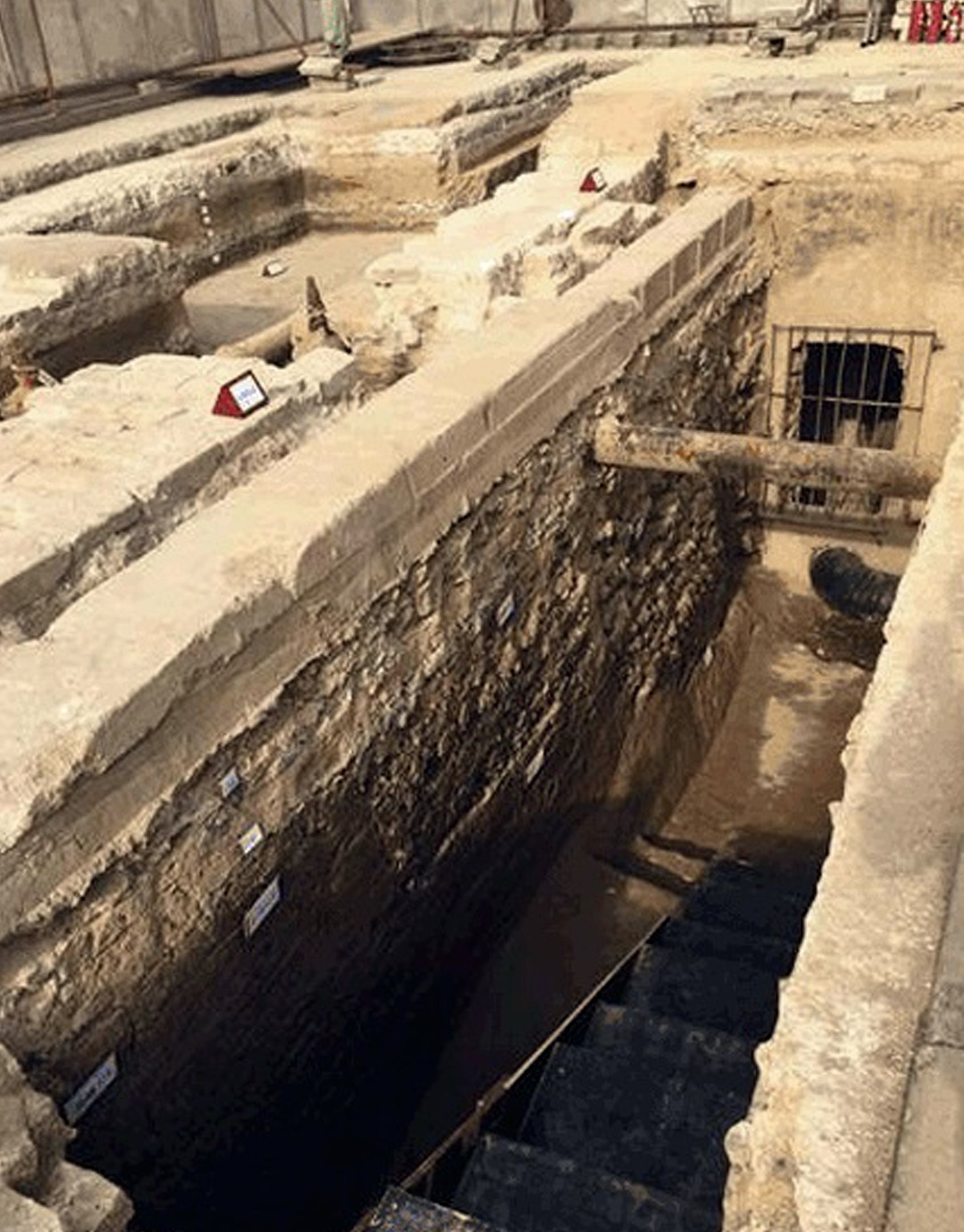NANJING • Chinese archaeologists revealed two rare findings this week - a padi field dating back more than 8,000 years and the site of the imperial palace of the Yuan dynasty.
The field, covering less than 100 sq m, could be the earliest wet rice-farming site in the world, Xinhua news agency reported.
It was discovered last November at the neolithic ruins of Hanjing in Sihong county, which is located in east China's Jiangsu province, said a spokesman for the archaeology institute of Nanjing Museum.
More than 70 scholars from universities, archaeology institutes and museums across the country concluded that the wet rice field was the oldest ever discovered.
Researchers with the institute found that the field was divided into parts with different shapes, each covering less than 10 sq m.
They found carbonised rice grown more than 8,000 years ago based on carbon-dating as well as evidence that the soil was repeatedly planted with rice.

Institute head Lin Liugen said the Chinese started to cultivate rice about 10,000 years ago and carbonised rice of the age has been found, but padi remnants are quite rare. He added that the findings would be significant for research on the origin of rice-farming in China.
On Thursday, Chinese experts said they have found the foundations of a royal residence seven centuries old at the bottom layer of an archaeological dig in the centre of the Forbidden City, reported the South China Morning Post.
The discovery is believed to have solved one of the great mysteries of antiquity in Beijing - the site of the imperial palace of the Yuan dynasty established by Kublai Khan in the 13th century, the report said.
The series of archaeological digs at the centre of the complex was started in 2014 with the aim of learning more about its construction history.
But experts later found four layers of historic foundations at one of the excavation sites. The top layer was from the Qing dynasty, followed by late Ming, then early Ming, and finally the Yuan dynasty at the bottom.
Workers from the Ming dynasty removed all the Yuan-era buildings on the site before they started construction of the Forbidden City, so such a discovery is extremely rare, director of the museum's archaeology department Li Ji was quoted as saying on news website Youth.cn.
Other recent findings include the ruins of a garden palace for the emperor's mother, as well as a refuse pit for abandoned Qing Dynasty porcelain, said the Post.
